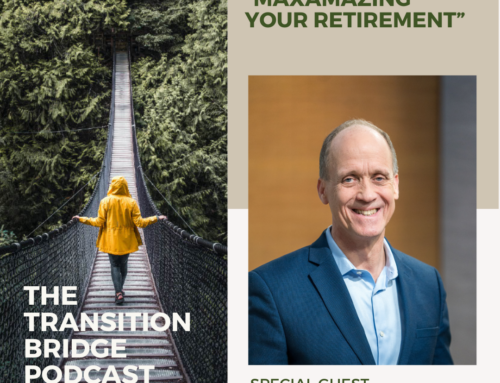Most of us are familiar with this saying: Don’t put all your eggs in one basket.
Diversification is important, to be sure, but it’s also a concept many folks don’t truly understand. Often, retirees think if they put their money in many different places, that means their portfolio is sufficiently diversified and ready to face tumultuous economies with confidence. However, there’s more to consider.
The technical definition of diversification is using investments that perform differently in a particular economic condition, meaning when an economic condition causes something to go up, it causes something else to go down. So, diversification means making this kind of an effect in a portfolio. In a portfolio that’s properly diversified, a retiree is always going to have parts that are going up, and others will be going down at the same time.
With a diversified portfolio, there will always be some investments you like the performance of and those you don’t see as performing well.
For example, stocks and bonds are traditionally viewed as having an inverse relationship. When bonds went up, stocks went down, and vice versa. However, in an environment where interest rates go up, both stocks and bonds fall. They cease working to diversify a portfolio’s risk. They are not diversified for the risk of rising interest rates.
Last year was one of the worst years for so-called diversified stock/bond portfolios, as bonds issued by S&P 500 companies lost almost 15% and the S&P 500 lost an estimated 20%.
In record hikes, the Federal Reserve raised its benchmark interest rate seven times in 2022. In a nutshell, high consumer demand drives inflation, so the Fed, hoping to curb inflation, raised rates to make things more expensive and consumers less inclined to spend. The Fed actions caused the losses.
In our current environment, where interest rates go up so stocks and bonds that sometimes are diversified are not in that situation, it is important to consider diversification with other vehicles.
Some people consider reinsurance. This is where companies that take on risk can protect against loss and the possibility of bankruptcy in the face of a catastrophic loss. For example, a property and casualty insurance company may realize that in the event of a hurricane in an area where they insure many houses, they’re going to get wiped out. So, they may sell off some of that risk. That’s called reinsurance. You invest in companies that are in the business of reinsurance.
Another strategy folks consider is called trend following. Here, investments are done in such a way that when markets are moving in a certain direction, there’s a way to invest that capitalizes on that trend. When markets go from being strong to very strong, or being weak to very weak, that is a particularly good opportunity for that trend-following strategy.
Another strategy is investing real property. Real assets include such things as land, timber and farmland. While these have a slightly positive correlation when compared to stocks, they provide some additional diversification that still holds when we have interest rates go up or down.
When retirees look at their portfolios, they need to consider having different investments in it that behave in such a way that when one goes up, another one goes down in different economic cycles.
It’s important to understand how to truly diversify your investments for the different market environments and to ensure you’re working with experts who can help guide them. When considering a professional to review and manage your portfolio, it’s highly recommended that you steer toward credentials that ensure your best interests, like a seasoned advisor who is also a fiduciary with strong recommendations and references.
BY LEN HAYDUCHOK









